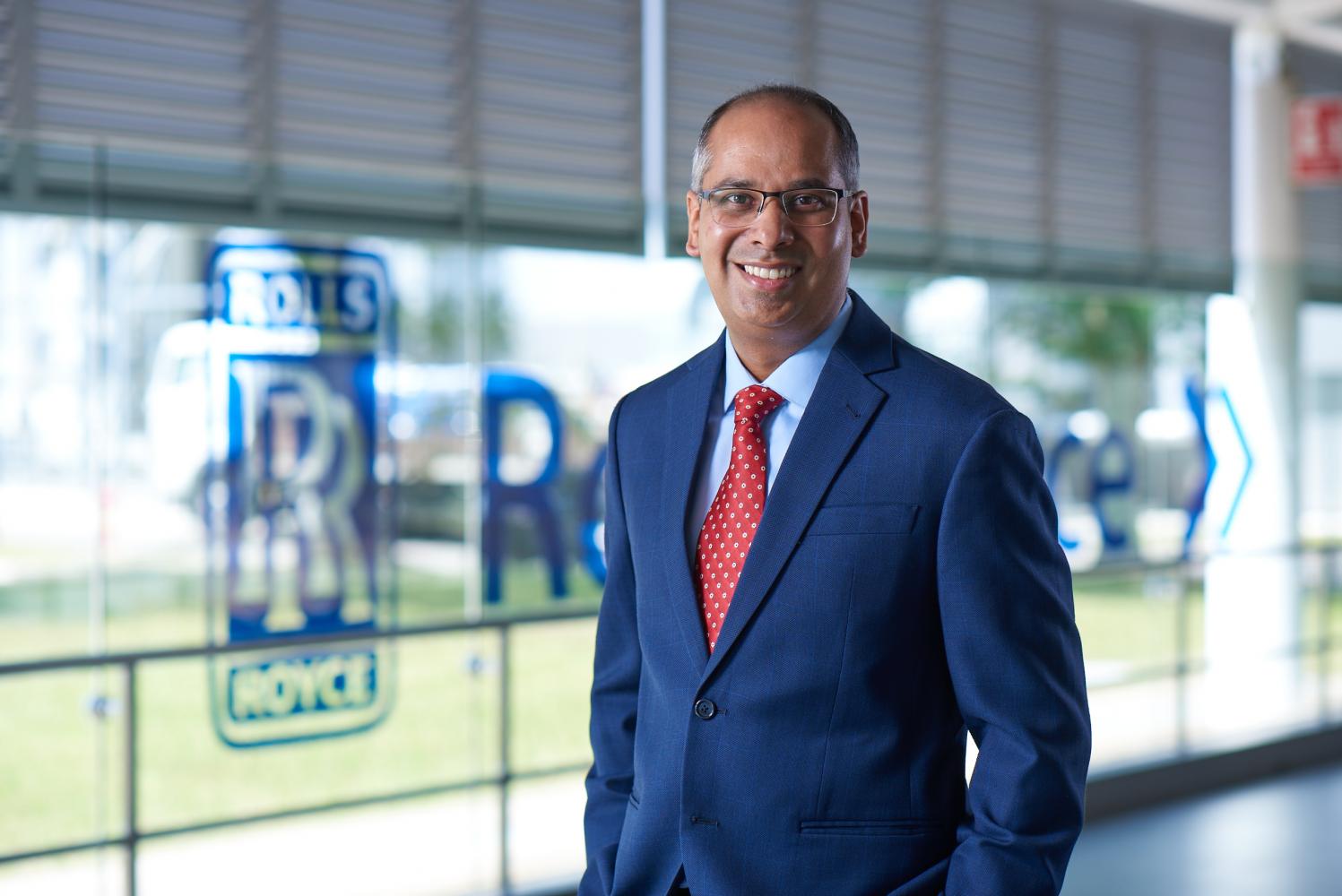
Aircraft engine maker Rolls-Royce has taken up the challenge of reaching net-zero carbon emissions by 2050, while aiming for profitable business growth.
The UK-based engineering company is joining the global effort to cope with global warming, setting a sustainable path for the company.
This sees Rolls-Royce adopting new-generation technologies and product efficiency improvements that will go in line with the pathways it has set to ensure its operations and businesses meet its net-zero goals, said Bicky Bhangu, Rolls-Royce's president for Southeast Asia, Pacific and South Korea.
The company's businesses are civil aerospace, power systems, defence, electrical technologies and small modular reactors.
Efforts towards net zero
Rolls-Royce continues to develop technologies which not only improve the efficiency of its products but also support efforts to reduce carbon dioxide emissions.
"We continue to reduce emissions as well as noise pollution from aerospace engines, along with developing new technologies that will lead to low carbon emissions," said Mr Bhangu.
Rolls-Royce's Trent XWB is the most fuel-efficient large aero engine with a 15% improvement from the first generation of Trent.
The company is also testing the UltraFan, its aero engine demonstrator which has what it claims to be the "most powerful" aerospace gearbox.
The UltraFan will be 25% more fuel-efficient than the first generation of Trent engines. It will also be compatible with 100% sustainable aviation fuels (SAF).
The company has set 2023 for all current civil aircraft and business jet engines to be compatible with SAF.
Using SAF instead of fossil fuels greatly reduces emissions.
In its power systems business, Rolls-Royce aims to reduce lifetime greenhouse gas emissions of new products by 35% by 2030.
So far, the company has developed advanced technologies across its businesses including hydrogen fuel cells, small modular reactors (SMRs), and electric power and propulsion systems.
The company is testing hydrogen fuel cell modules at its Power Systems facility in Germany. It plans to integrate two-megawatt hydrogen fuel cells into operational microgrid demonstrators by 2023.
Rolls-Royce's SMRs, used for power generation, are set to make a significant contribution to the net-zero target.
It aims to increase the proportion of its investment budget in R&D of technologies that support its net-zero goal to 75% by 2025.
Sustainable flight
Rolls-Royce is further determined to push ahead with the development of sustainable aviation technologies after it joined the Race to Zero campaign in 2020.
The United Nations-backed campaign aims to encourage business leaders, cities and investors to join hands to cut carbon dioxide emissions.
Many countries also agreed to pursue efforts to limit the temperature increase to below 1.5 degrees Celsius. To achieve this ambitious target, global greenhouse gas emissions will need to be net-zero by the second half of the century.
The company expects demand for "green engines" in the aviation industry to keep growing, driven by concerns over the impact of carbon dioxide and other greenhouse gases on the world climate.
Rolls-Royce is developing new technologies, including electric and hybrid-electric engines, to serve the demand growth.
"Electrical technologies will replace fossil fuel-powered engines in the future for low payload aircraft. Advances in fuel technologies such as SAF, along with product efficiency improvements, will greatly reduce the dependency on fossil fuels in the future. Together, these will help level up the aviation industry by making it an environmentally sustainable industry," said Mr Bhangu.
"Aviation supply chains will be developed to meet the global agreement on greenhouse gas emission reduction."
Prime Minister Prayut Chan-o-cha vowed during the COP26 that Thailand would be more serious in addressing climate change and strive to reach carbon neutrality, a balance between carbon dioxide emissions and absorption, by 2050, along with a net-zero target by 2065.
According to Mr Bhangu, adoption of electric vertical take-off and landing (eVTOL) in Thailand will not be far behind in Asia after markets like Japan, South Korea and Singapore were early adopters.
The company has invested in developing electric power and propulsion engine technologies along with partnering with aviation organisations, aircraft makers and commercial airlines.
They include UK-based Vertical Aerospace, which integrates Rolls-Royce electrical power systems for its eVTOL vehicle; Tecnam airframer in Italy, with the electrical propulsion system for its P-Volt aircraft completely designed by Rolls-Royce; and Norwegian airline Widerøe, which is launching the P-Volt for use by 2026.
"The future of flight, power and propulsion technologies, and energy generation will be clean and sustainable. Product efficiencies, SAF, electrification and SMRs are the technologies that we believe will collectively play a big role in driving the industries and helping society to transition to the net-zero world," Mr Bhangu said.







